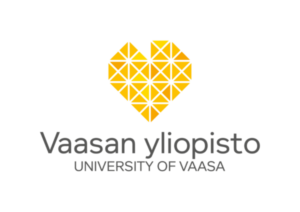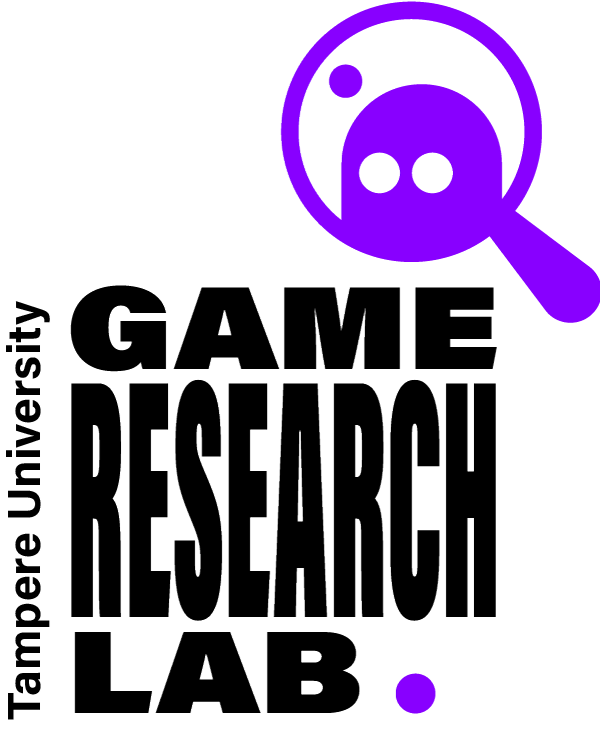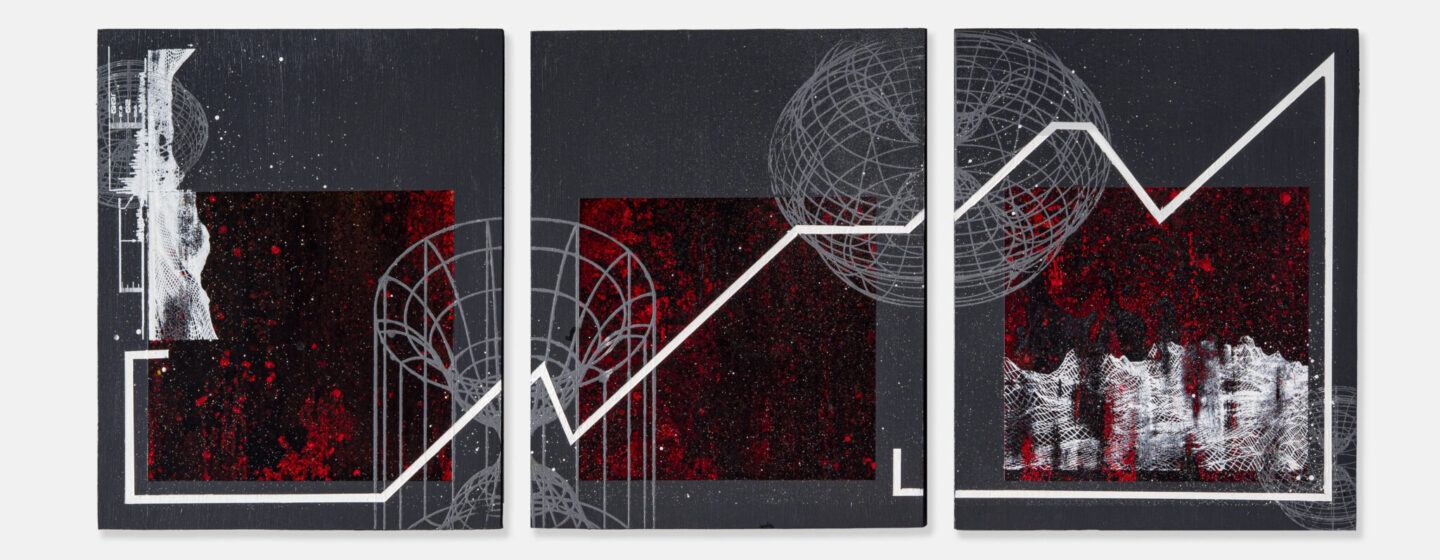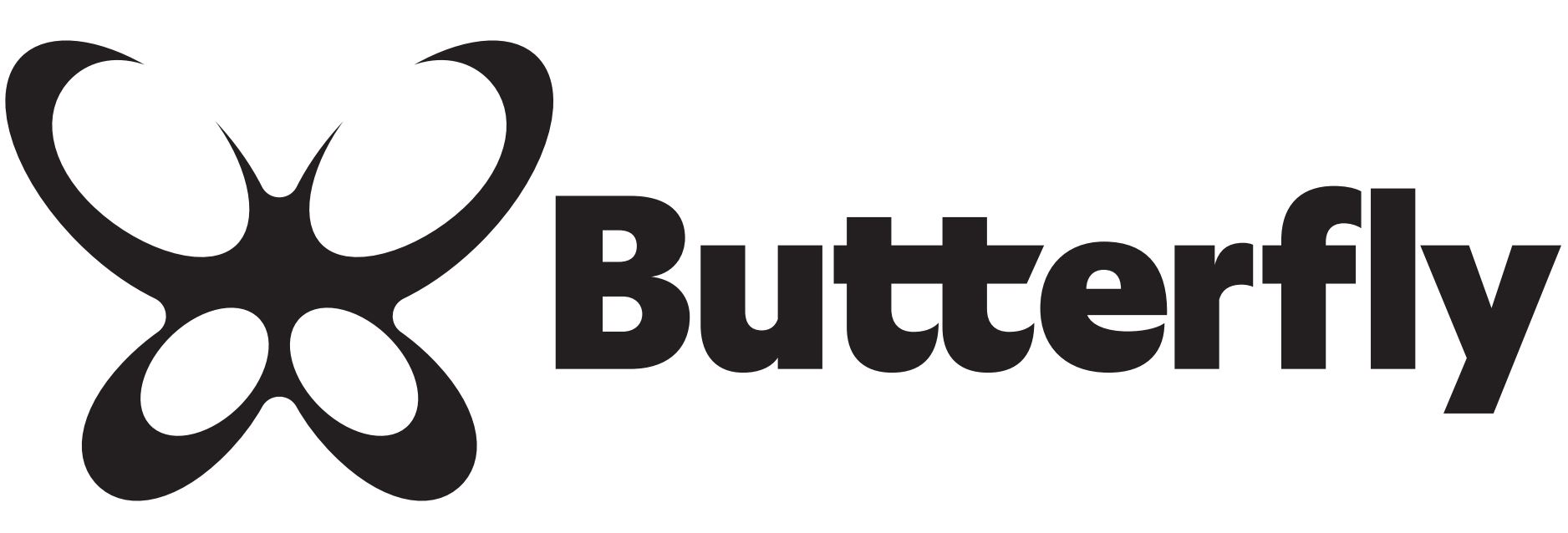Featured artwork by Benjamin Knock
Call for Papers Butterfly Symposium: Glo-cal Effects of Data, Energy and Industry
Tuesday August 12th, 2025
Wasa Innovation Centre
Joint University of Vaasa, Deakin University, Umeå University, Tampere University Hybrid Symposium & Workshop
As part of the academic program accompanying the Wasa Futures Festival’s 2025 new media and performance art exhibition Butterfly: Glo-cal Effects of Data, Energy and Industry (11-31 August, Wasa Innovation Center), we invite submissions of extended abstracts for paper presentation at a one-day symposium. We especially encourage scholars from a wide range of disciplines including engineering, business, communication, information systems, the arts and humanities, cognitive science and more. In particular, we appreciate papers that adopt an artistic lens of inquiry, i.e., breaking the boundaries set within the respective disciplines, looking at the information available, and making sense of circumstances in new ways, to convey a holistic story of how our world is morphing through contemporary data, energy and corporate systems. We invite full papers for publication in a forthcoming edition of the new series Critical Digital Infrastructures and Interfaces (Bloomsbury Academic) with anticipated release 2026).
Symposium
Not just a beautiful insect, the term ‘butterfly’ is used to describe how small changes in the starting conditions of a system can lead to large, unpredictable differences in outcomes (Palmer, Döring & Seregin, 2014). That is, even tiny modifications to one part of a system, may mean exponential, chaotic effects in other parts. ‘Butterfly effect’ was coined by Ed Lorenz, a meteorologist in the 1960s, but rather than referring to small changes creating unpredictable results, Lorenz actually meant that we could accurately predict the future in certain complex systems such as the atmosphere. Here, we adopt the term to both refer to sensitive dependencies on initial conditions as per Chaos Theory (Yorke & Li, 1975), to both describe how discrete differences in the starting state of a system can lead to radically different outcomes, as well as to describe how these radically different outcomes can somehow be predicted through artistic exploration. What Lorenz deemed as the “real butterfly effect” refers to the fact that there are limitations to the combinations of future unravelling that we may observe. In the case of the natural environment and globality, while we might find effects surprising, we can still predict alternative realities.
With emphasis on digital technology and data-driven systems (i.e., AI), we aim to illuminate the omnipresence and physical implications of data and its potential for creative appropriation. The exhibition will reveal the untapped possibilities of digital realms to reflect and enhance our ecological sensibilities, while converging the artists, their artworks, scholars and practitioners from across disciplines (including engineering, energy, computer science, business and communication). By exploring how human interaction with digital infrastructure can serve as a conduit for critical and creative practices that honour and advance ecological harmony, the exhibition begs audiences to contemplate the role of technology in a sustainable and equitable future. It is a call to action – a reminder that in the quest for ecological balance, creativity and innovation can lead the way in transforming our collective consciousness and societal structures.
We welcome papers that critically engage with the impacts of data, digitalisation, artificial intelligence (AI), and energy systems—both physical and social—on our ecological, cultural, social, and psychological landscapes. The symposium seeks to open an interdisciplinary dialogue around how contemporary technologies and industries are reshaping the environment and human experience.
References
Palmer, T. N., Döring, A., & Seregin, G. (2014). The real butterfly effect. Nonlinearity, 27(9), R123.
Yorke, J. A., & Li, T. Y. (1975). Period Three Implies Chaos. American Mathematical Monthly, 82(10), 985-992.
SUBMISSION GUIDELINES
Extended abstracts
We look forward to receiving extended abstracts in length of 500-1000 words (plus references). While the aim is to collect abstracts from all disciplines, the abstracts should clearly relate to the main themes of the Butterfly exhibition, engaging in the themes in a critical way, and demonstrate an openness to transdisciplinary engagement. That is, the abstracts and their topics should be accessible to people outside your discipline. Please send your extended abstract no later than May 16th, 2025 to ButterflyExhibition25@gmail.com Please include:
- The name(s) of the author(s);
- The affiliation(s) and address(es) of the author(s);
- The e-mail address, and telephone number(s) of the corresponding author:
IMPORTANT DATES
Deadline for extended abstracts EXTENDED DEADLINE May 23th, 2025
Notifications sent to authors May 31st, 2025
Full paper draft submission for publication path June 27th, 2025
Symposium August 12th, 2025
Full paper Revision deadline for publication path January 26th, 2026
Publication 2026
Rebekah Rousi, Toija Cinque, Elina Melgin, Aska Mayers, & Esteban Guerrero Rosero
Curation and Organising Team
 |
 |
 |
 |

